ScrapeFix’s The Vine
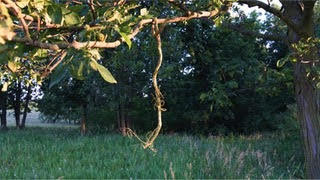
Any scrape fanatic knows that vertically hanging licking branches are the key to mock scrapes. Whitetails can’t resist vertically hanging branches and will travel long distances to visit these locations.
CHALLENG IS TO THE PERFECT LICKING BRANCH:
• The perfect licking branch is never readily available near your trail camera locations or shooting lanes.
• As the rut gets closer bucks will often break of licking branches and abandon the scrape.
• Whitetails will rarely make scrapes in locations without the perfect licking branch.
Now you can make the perfect mock scrape in any location with ScrapeFix’s TheVine. The Vine Package comes with 5′ Fully Adjustable vine and a bottle of ScrapeFix. Place TheVine on any tree, adjust to desired height and WATCH IT WORK!
Nature Blinds HERO Advantage and Stalking Shield
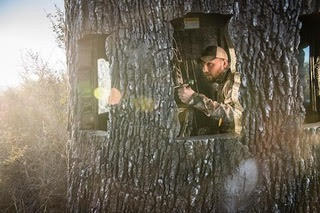
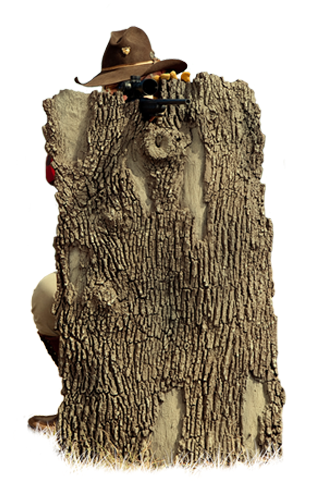
Kerrville, TX (May 2, 2018) – The deer rut is synonymous with freezing weather, when the biggest limiting factor for some hunters is staying warm to remain in the field all day. Heated blinds are ideal for dealing with Mother Nature, but many are obtrusive in contrast to their surroundings.
The Nature Blind Hero provides all the advantages a hunter needs to be successful. Not only are these self-contained blinds warm and dry, but they blend like a chameleon into their surroundings.
The Hero is designed to be aesthetically pleasing to hunters but is simply part of the neighborhood for local deer. The Hero looks like a weathered old tree trunk and will even fool other hunters. It isn’t uncommon for hunting buddies to open and check out the blind in detail to see if it is real wood or a perfect replica.
The Hero is fully insulated and has a carpeted floor. Fully locking doors secures your secret blind, if anyone could find it in the first place. Read more
EAA Corp to Expand Shotgun Offerings

After a hugely successful inaugural year of collaboration, EAA Corp will begin importing an expanded offering into the United States from the well-known Turkish manufacturer, ATA Arms. Last year saw the beginnings of EAA and ATA’s collaboration as EAA Corp began importing the NEO and SP lines of Shotguns in the latter part of 2017. The NEO and SP gained fan favorite status almost immediately due to their incredible quality and attainable price point.
The ATA Arms NEO line of shotguns are inertia operated, semi-automatic shotguns, available in 12GA, 20GA, and the increasingly popular 28GA. The NEO inertia system is an extremely clean and efficient system, comprised of only three primary parts. This gives the NEO shotgun a greatly reduced mass of parts and allows for the faster cycling and balance found only in a fine game shotgun. Classic quality meets modern functionality to produce a high performing and incredibly reliable firearm. Read more
CAMX A4 Crossbow to Ship This June
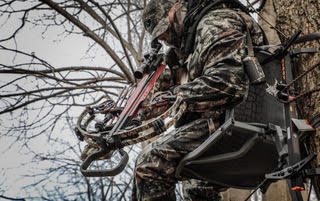
WEST HENRIETTA, NY – CAMX Crossbows are best known for their durability and accuracy. In the new CAMX A4, dependability and accuracy combine to deliver speed, stealthy quiet, and deadly accuracy. A shooting experience that is like no other begins this June.
“We set out to engineer a crossbow for the serious crossbow hunter,” said Paul Vaicunas, Vice President of CAMX Crossbows. “CAMX has taken crossbow durability to all new levels, and we’ve now engineered the most technologically advanced crossbow. The A4 Suspension System delivers blistering speeds while giving the user a whisper quiet and smooth-as-silk shooting experience.” Read more
Dancing birds and bear hair: Michigan surveys help track wildlife populations
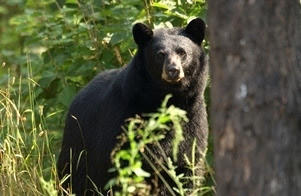
The DNR uses many methods to monitor Michigan wildlife populations, and two of the more interesting wildlife surveys – involving a bird’s intricate aerial dance and snagging bear hair – are taking place across northern Michigan in May.
The American Woodcock Singing-Ground Survey is performed annually across much of the northern United States, giving wildlife agencies an idea of this migratory bird’s breeding populations.
Woodcock return to northern locations like Michigan – a national leader for the number of young woodcock produced each year – from their winter homes in southern Gulf Coast states to find a mate and breed. Spring, when their unique breeding behavior can be seen and heard in the evenings, is the perfect time to count them. Just after sunset, males can be found in their singing grounds, or grassy openings, making a nasal, insect-like call known as a “peent” every four to five seconds and performing their spiral display flights.The singing-ground survey is performed annually along more than a hundred 3.6-mile survey routes.
For the bear hair snare survey, locations across the northern Lower Peninsula are baited with bacon and donuts and surrounded by barbed wire. In order to reach the bait, a bear will cross the barbed wire and snag hairs, leaving a DNA sample behind. DNR staffers will visit 257 baited locations six times starting the week of May 27 to collect snagged bear hair and send it to the DNR Wildlife Disease Lab for analysis, which will assist with future bear population estimates.
Results from both surveys will help to determine harvest regulations for future hunting seasons. Read more about the woodcock and bear surveys.
Monarch butterflies a sure signal of summer in Michigan

One of the state’s most distinctive signs of a new season is on its way – the brightly colored monarch butterfly. A well-known and beloved butterfly species in North America, monarchs, unfortunately, have become a much less common sight in recent decades.
The eastern monarch butterfly population has declined by more than 80 percent over the last 20 years, primarily from habitat loss, both in their summer range – including Michigan – and in Mexico, where they spend the winter.
“Adult monarch butterflies require a variety of flowering plants for nectar,” said Hannah Schauer, wildlife communications coordinator with the DNR. “Grasslands provide a mix of plant species that pollinators, like the monarch, need – with both early- and late-blooming plants and those that flower mid-summer.” Read more
SAF: Bloomberg’s “Epidemic of Dishonesty” Includes His Own Anti-Gun Efforts
2A Armament Xanthos-Lite: The Lightest AR-10 Receiver On The Market
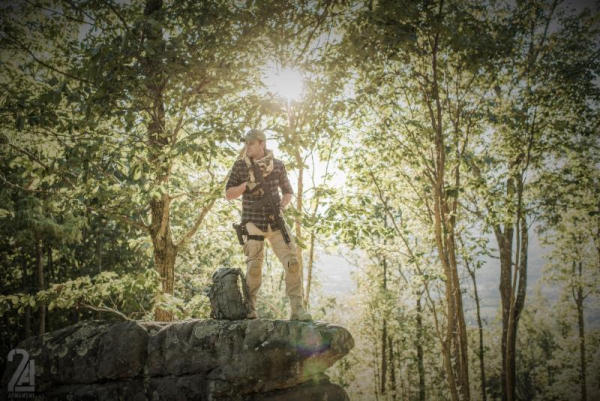

Over the last few years, AR-style rifles chambered in 7.62 mm/.308 Win., have grown in popularity with various shooting communities. In fact, AR-10 rifles are one of the fastest growing segments in shooting sports, especially among those who build personal AR platforms. Unfortunately, while most AR-10 rifles are known for rugged reliability, they are also relatively heavy. As a result, many ardent shooters look to the 2A Armament Xanthos-Lite Receiver when building an AR-10 style rifle.
The Xanthos-Lite was developed in-house as a lightweight solution for users who seek quality design and functionality in a large-frame AR build. In addition to sharing common DPMS HIGH standard for rail height, allowing it to accept most standard accessories.
The receiver is machined from U.S.A. sourced 7075-T6 billet aluminum with a pocketed design that reduces weight and enhanced appearance. It also comes with an integrated and lightened trigger guard and the forward assist was also removed to bring the stripped upper and lower down to a mere 16 ounces of total weight. As a result, the 2A Armament Xanthos-Lite Receiver is up to 12 ounces lighter than most receivers. Read more
Swagger Bipods – Anywhere, Any Terrain
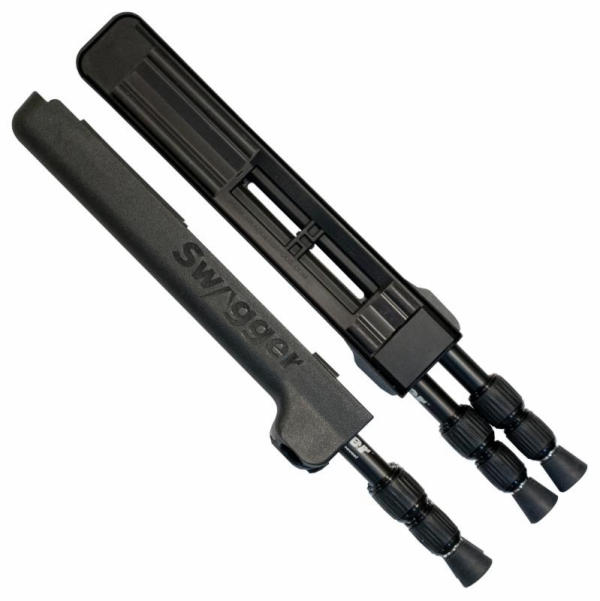
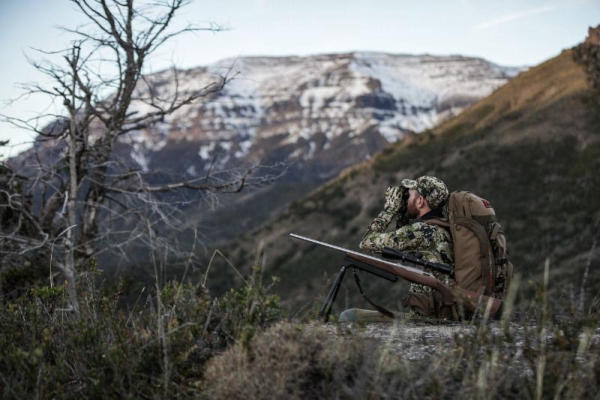
You found the perfect pinch point to catch a big buck flat-footed while traveling from his bedding area. Setting up at the base of a tree, you fold out your bipod to hold your rifle at shoulder height, aimed down the trail where you expect to see the deer approach. In typical big-buck fashion, tall antlers appear far to your right and not on the game trail. With most bipods, you’d be hard-pressed to lift your rifle, aim towards the deer in tight quarters, and still manage to get a shot.
With a Swagger Bipod, the fact the buck showed up within range would be its last mistake. The flexibility of the Flex-Ready legs would allow you to simply swing your rifle barrel in the direction of the deer and fire. The legs would stay in place, where you originally set them, extended to the desired length, and they would twist to keep up with your rifle movement while continuing to provide rock-solid support. Read more
